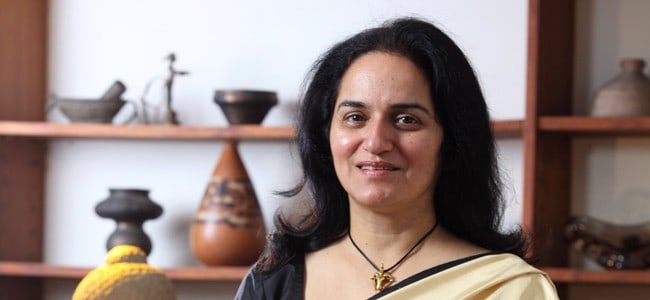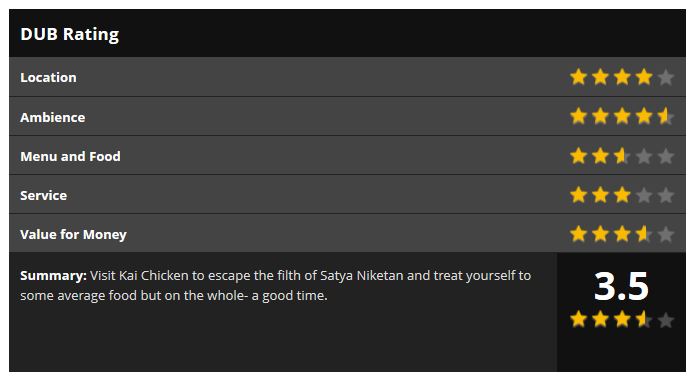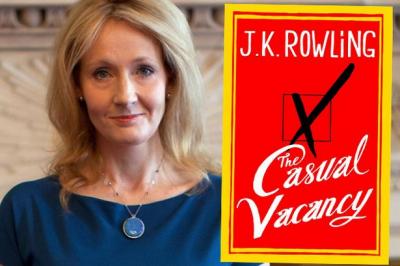Another year has gone by. And with it was brought in a generous dollop of shamefully unreadable garbage literature whereas few and far between lay some gems. Here’s to the hits and misses of 2012-13.
The Good
 1. Bring Up the Bodies – Hilary Mantel
1. Bring Up the Bodies – Hilary Mantel
After already winning the Booker prize for her first book in the Cromwell trilogy, Wolf Hall, Mantel made it two-in-two by bagging the Booker Prize for 2012 with its sequel. With bookies going all out on her winning an unprecedented three in a row when the last part comes out next year, this is one author that comes well recommended from everywhere. Grand tales of grand people with a language generously sprinkled with quips and wisecracks, Mantel is probably the best of the best.
2. The Yips –Nicola Barker
Also on the shortlist for the Booker prize this year was this latest of Barker’s yummy novels after her earlier nominated Darkmans and the more recent Burley Cross Postbox Theft. Her odd-ball sense of using language and interesting plotlines together mingle to tingle your sensory nerve endings to delight. Barker doesn’t ever to fail to amuse a reader and if you haven’t discovered this brilliant author, who unfortunately isn’t the most well-publicised of writers, now is your chance.
3. NW –Zadie Smith
The much acclaimed author of White Teeth has come out with a novel after what would seem ages and is stirring interest among literary circles everywhere. This tragicomedy tells the tale of four Londoners and by extension of London itself. Get your copy nowand it’ll be one the better decisions you make after reading this newspaper.
4. Narcopolis – Jeet Thayil
Shortlisted for the Booker and winner of the DSC Award at Jaipur Literature Festival, Thayil has been the name on the lips of many. Marketing his material better, he even visited DU’s own IP College for Women. His story about opium, intoxication and other effects, set in Bombay, which has provided an immaculate location for novels like Midnight’s Children before, will make your rack look all the better. Book-rack, that is.
5. Em and the Big Hoom – Jerry Pinto.
It’s once in a long time only that someone from this oh-so-great nation of ours ventures to write uninspired by Chetan Bhagat. Pinto creates a story of a household in turmoil, with a mentally unstable and ill mother in charge of the house, bidi in one hand. Refreshing and rejuvenating, it’s a sign of good things to come from the debut author.
The Bad
 1. The Casual Vacancy- J. K. Rowling
1. The Casual Vacancy- J. K. Rowling
As most of the Potterheads would have been, your humble reviewer too was tempted to pre-order this latest offering from the magical Rowling who gave us The Boy Who Lived. Damnation and despair is all this temptation brought. Rowling tries too hard to write an “adult” novel, as she claimed her next would be after Hogwarts’ tales, and in the end falls flat on her face with book. Unexciting and reeking of desperation for recognition as an author who could do more than write fantasy fiction, unexpectedly albeit, Rowling is a foremost disappointment that 2012-13 had for readers.
2. The Shiva Trilogy – Amish
Contrary to popular perception, I refuse to see merit in this trilogy and would say that if this is what’sinitiating so many in India into reading, given Chetan Bhagat was the first to do so, it tells a sad tale for the readers here. What this set off was a series of bad fiction from people like Ashwin Sanghi,who then spewed trash like The Krishna Key and the Chanakya’s Chant and one more which I refuse to remember the title of even.
3. What Young India Wants – Chetan Bhagat
Thankfully, this wart didn’t publish fiction this year, but equally horrible are his attempts at writing essays and his view of, as the title unimaginatively says, what young India wants. I would say we would like you to stop writing, much obliged. And maybe try doing what you went to IIT and IIM for, Mr. Bhagat, instead of polluting the literature scene of this country which rarely sees bright days after the legacy that actual greats like R. K. Narayan left for us.
The Ugly
 While there could be a possible million titles in this usually most-populated segment, I thankfully didn’t witness them all too much, for various reasons. However on obnoxious presence was that of E.L. James’s Fifty Shades series, which go from one horror show to another. What’s more, her fansite even advertises the various, ahem, “toys”, her novels make oh-so-generous use of. Inspired from Stephanie Meyer’s Twilight series and originally written as fan-fiction, the story of Anastasia Steele is also slated for a movie version, which Mila Kunis seems too eager to be a part of. Then came the numerous pieces of trash which were spawned by James’s “mommy-porn” novels, making it the bestselling genre this past year, to which I wonder how the protagonists from Anthony Burgess’s classic A Clockwork Orange, with their ultra-violence, might have responded. Alas they’re fictional too. Maybe Apocalypse 2012 would have been appreciated?
While there could be a possible million titles in this usually most-populated segment, I thankfully didn’t witness them all too much, for various reasons. However on obnoxious presence was that of E.L. James’s Fifty Shades series, which go from one horror show to another. What’s more, her fansite even advertises the various, ahem, “toys”, her novels make oh-so-generous use of. Inspired from Stephanie Meyer’s Twilight series and originally written as fan-fiction, the story of Anastasia Steele is also slated for a movie version, which Mila Kunis seems too eager to be a part of. Then came the numerous pieces of trash which were spawned by James’s “mommy-porn” novels, making it the bestselling genre this past year, to which I wonder how the protagonists from Anthony Burgess’s classic A Clockwork Orange, with their ultra-violence, might have responded. Alas they’re fictional too. Maybe Apocalypse 2012 would have been appreciated?















 SAFE Delhi is a movement aimed at refining the current state of women’s safety in the National Capital through awareness, action and communication. It started out in March and a subsequent online campaign really got people talking about it. Today it is quite a rage on Facebook with its page having upwards of two thousand likes. SAFE Delhi has been inspired by initiatives such as change.org.
SAFE Delhi is a movement aimed at refining the current state of women’s safety in the National Capital through awareness, action and communication. It started out in March and a subsequent online campaign really got people talking about it. Today it is quite a rage on Facebook with its page having upwards of two thousand likes. SAFE Delhi has been inspired by initiatives such as change.org.
